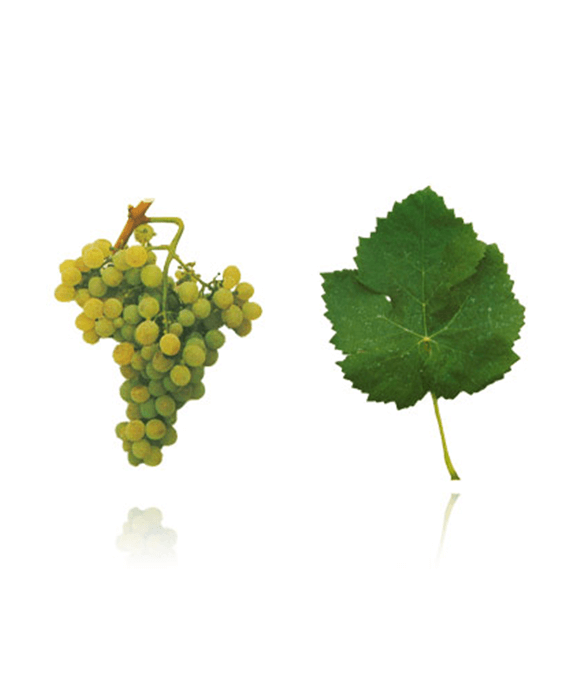In Portugal there is a wide variety of indigenous grape varieties (about 300) but only about 30 are authorized in Douro Demarcated Region for the production of Port Wine.
Although the production of DOC DOURO wines does not have this legal obligation, in the second half of the 20th century, the study and analysis of the grape varieties planted in this Region has begun and it was concluded that the best grape varieties for the production of Port and DOC wines Douro Red are: Touriga Nacional, Touriga Franca, Tinta Barroca, Aragonez (called Tinta Roriz in the region) and Tinto Cão. In the production of DOC Douro Branco, the varieties Malvasia Fina, Gouveio, Rabigato and Viosinho stand out.
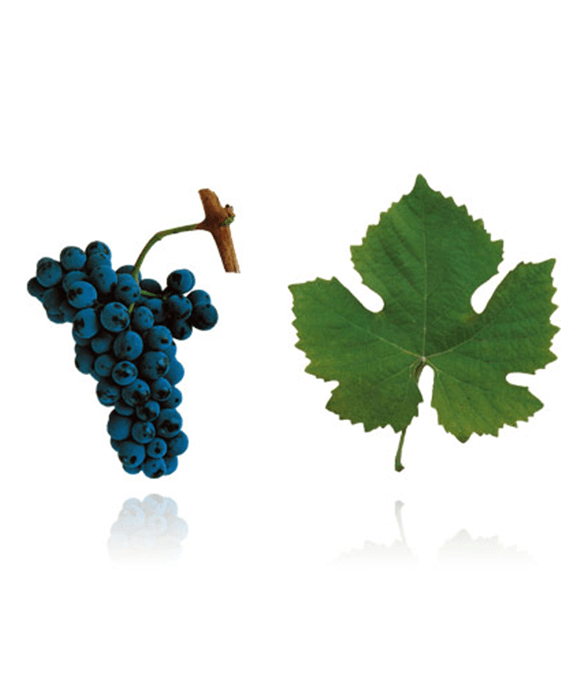
Touriga Nacional
In the pass has dominated Dão region and was also relevant in Douro before phylloxera attack, today both regions claim its paternity.
It’s a noble grape, very much appreciated and the most complemented grape in Portugal, nowadays is disseminated in Alentejo, Lisbon, Bairrada, Setútbal, Tejo, Algarve e Açores. The thick skin enriched in coloured matter, contributes to obtain intense and deep colours in wine.
The abundance of primary aromas is one of this grape brand image, simultaneously is presented floral and fruity, always intense and explosive. Less productive, is capable of produce balanced wines, with good alcoholic content and excellent aging capacity.
Tinta Roriz
Is an iberian grape by excellence, one of the most rare variety being valued in both sides of the border, in Portugal is recognized by to surnames, Aragonês and Tinta Roriz (the second is restricted to Dão and Douro regions (and Trás-os-Montes!!!). Is a precocious grape, very vigorous and productive, easily adaptable to different climates and soils, was rapidly extended to Dão, Tejo and Lisbon regions.
If its vigor is controlled can offer elegance and robustness in wine, fruit and spices, in a deep and alive register.
Tends to be a lot grape, often benefiting from Touriga Nacional and Touriga Franca companionship in Douro, also from Trincadeira and Alicante Boushet in Alentejo.
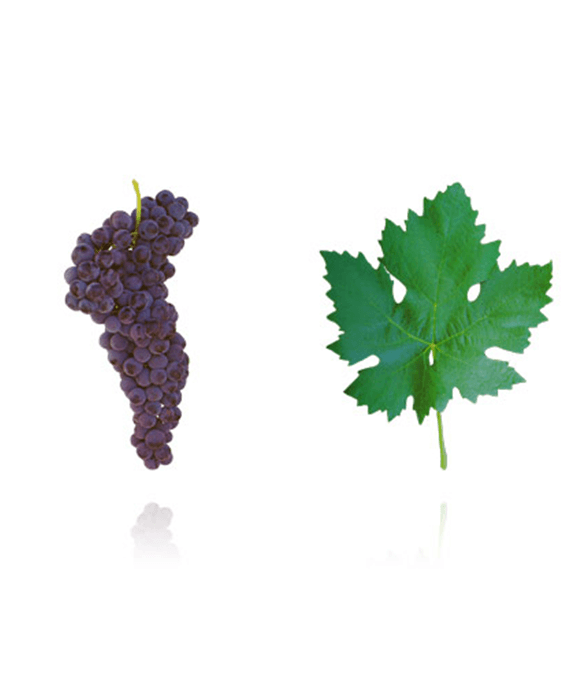
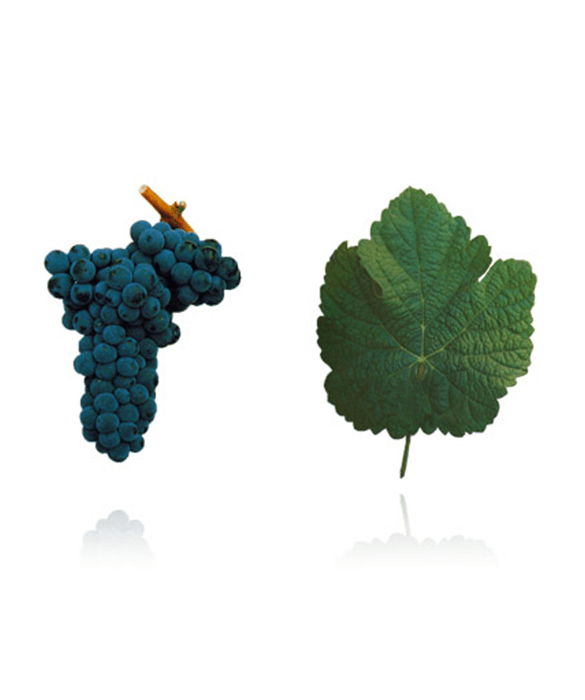
Touriga Franca
Is the most planted grape in Douro region, currently occupying about one fifth of the total vineyards in this region. Its popularity is founded in the extreme versatility, productivity, balance and regularity of production, as well as its good general sanity. Develops in a long vegetative cycle, providing wines rich in colour. With medium to large bunches, medium and rounded berries, Touriga Franca is one of the structural pillars of Douro lots, not only Port but also still wines. Thanks to the strong tannin’s concentrations, contributes to a good aging of the lots in which participates
Offers abundant fruit, providing wines of dense body and firm structure but, simultaneously, elegant.
By rule these wines suggest floral notes of roses, wild flowers, blackberries and rock rose, being regularly associated with Tinta Roriz and Touriga Nacional grapes.
Arinto
This is a veratile grape, being in most of the Portuguese viticulture regions and is recognized by the name of Pedernã in Vinhos Verdes regions. Provides vibrant wines with alive acidity, refreshing and strong mineral pendency and high potential of aging. The firm acidity would be the main calling card of Arinto grape, ensuring the adjective of “improving” grape in many Portuguese regions. If in Bucelas the variety reaches its zenith, it is in Alentejo and Ribatejo that its assistance is most fruitful, due to the contribution of acidity so indispensable and difficult to obtain. It presents medium-sized bunches, compact and with small berries.
It is a relatively discreet variety, with no particular aspirations of exuberance, favoring the notes of green apple, lime and lemon. It is often used in the production of blended wines and also sparkling wine.
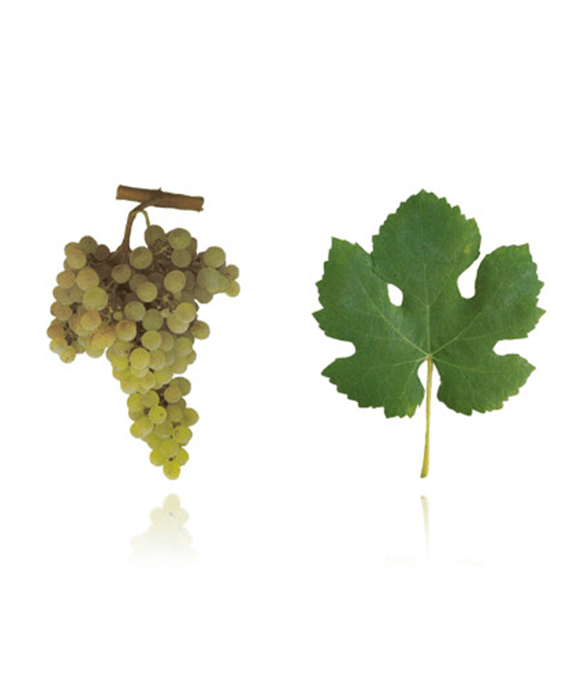
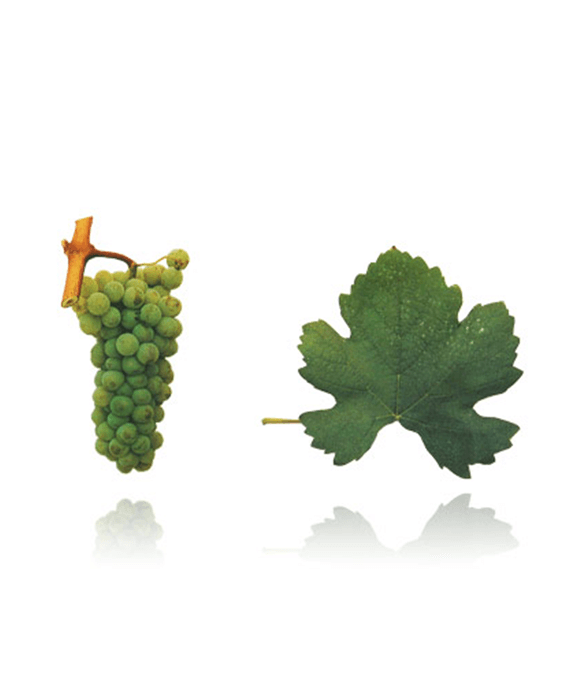
Gouveio
Profitable in Douro region, Gouveio grape variety is today spread throughout the continental territory. For years it was wrongly cataloged as Verdelho, a condition that led to some misunderstanding between the two nomenclatures. It is a productive and relatively precocious variety, moderately generous in yields, sensitive to powdery mildew and late rains, with medium and compact bunches that produce small yellowish-green grapes. As it is a grape naturally rich in acids, which provides fresh and alive wines, its spread to the south, especially to the Alentejo, has been fruitful and fast.
It gives rise to wines with firm acidity and good alcohol content, full-bodied, with fresh and citrus aromas, with notes of peach and anise, with a good balance between acidity and sugar. Enjoys good conditions to present a good aging in bottle.
Malvasia Fina
Malvasia Fina is present in the northern interior of Portugal, especially in Douro, Dão and Beira Interior, also appearing in the sub-region of Távora-Varosa and Lisbon. It is particularly sensitive, providing extremely variable and inconsistent yields.
As a rule, wines announce molasses symptoms in the nose and mouth, vague notes of wax and nutmeg, combined with smoky sensations, even when the wine does not undergo any aging in wood. Malvasia Fina wines are traditionally discreet, not too intense, reasonably fresh and moderately complex. It is a blended grape variety that in the cooler regions and when harvested early acts as a base for sparkling wine, with proven evidence in the regions of Távora-Varosa and Lamego.
